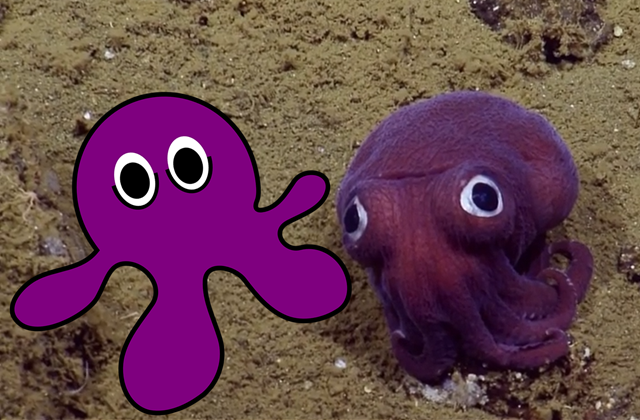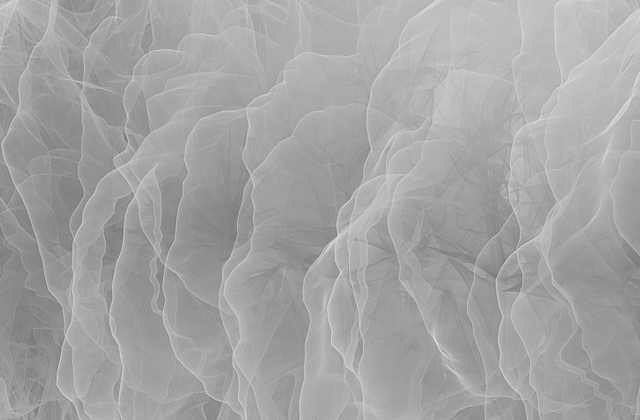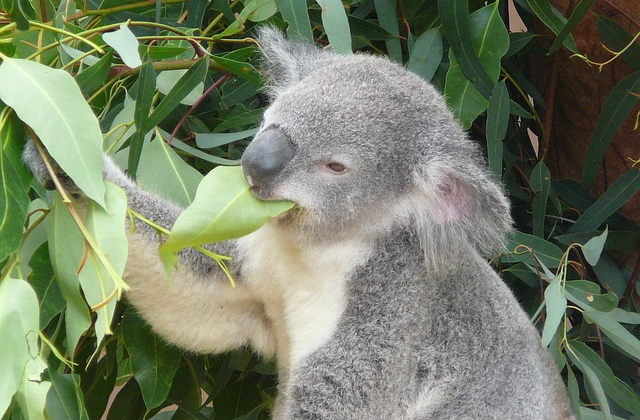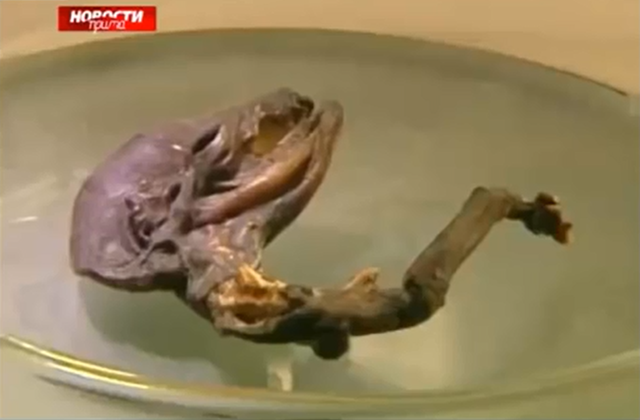As part of the Nautilus Live project, scientists exploring the ocean floor off the Californian coast have spotted the stubby squid at a depth of 900 meters (2,953 feet).
Found in the Northern Pacific, ranging between Japan and Southern California, USA, the stubby squid typically lives at depths up to 300 meters (984 feet). However, the Monterey Bay Aquarium Research Institute (MBARI) have encountered the stubby squid at depths of 1,300 meters (4,265 feet).
Looking somewhat like a mixture of an octopus and a squid, the stubby squid is not a true squid and is actually more closely related to the cuttlefish, but lacks the cuttlebone of the latter while having two tentacles like a squid.
Sporting eight suckered stubby arms and two particularly large googly eyes, the stubby squid (Rossia pacifica) lives on the seafloor. Where it utilises mucus and the sediment for camouflage, but leaves its large eyes uncovered, watching, to prey upon shrimp and small fish.
While its stubby tentacles and large eyes are consistent with its method of predation, it does have an almost cartoon-like appearance. That the stubby squid measures about 6 centimetres (2.4 inches) long at maturity only adds to this.
Interestingly, cephalopods are known for their intelligence, including their ability to learn. The shapeshifting mimic octopuses (Thaumoctopus mimicus) are of particular note. Cephalopods also fair well with respect to measures correlated with intelligence such the encephalization quotient (EQ), which looks at the size of the brain relative to the size of the body amongst species. With the octopus and cuttlefish being 1.5 and 2.5 standard deviations respectively above the regression line.
Not to ignore that cephalopod translates rather literally as “head-foot” the oversized eyes and head of the stubby squid also shares similarities with what Konrad Lorenz proposed as a baby schema (Kindchenschema), visual cues humans psychologically associate with cuteness. Something which cartoonists frequently convey by altering proportions, such as enlarging the eyes, to maximise perceived cuteness. (Which also suggests something about why people wear eye make-up.) As for the science of baby animals being cuter than their parents, it does affect humans but the impact on animals is more mixed. However, social psychologist Daniel Kruger found there is a positive correlation between visually cuter animals and their requirement for parental care.
Above average intelligence coupled with cuteness may seem like sound reason for some high quality squid parenting, but the reality is that both male and female stubby squids die after mating and the eggs are laid.
Thus convergent evolution, where different species develop similar shared features that were not inherited from a common ancestor, takes another strange turn.
It is perhaps unsatisfying and reaching to think that potential predators might find the stubby squid cute and so leave it alone; or that small fish and shrimp mistakenly find the stubby squid cute, and so lulled, become an easy meal for it. Thus it could be coincidence, or the features of its appearance are for reasons not wholly apparent yet. Plus their cuteness may only be in the eye of the human beholder.
Feature Image Credit: EVNautilus
 uthinki Considered Opinion?
uthinki Considered Opinion?



